
When it comes to gardening, few things are as rewarding as seeing a hibiscus plant in full bloom. With their large, vibrant, and eye - catching tropical flowers, hibiscus plants can transform any garden into a paradise. However, achieving that spectacular display of hundreds of blossoms often requires a bit of knowledge and skill, especially when it comes to pruning.
Pruning is not just about randomly cutting off branches. It is a strategic process that can significantly impact the health, growth, and flowering of your hibiscus plants. Smart pruning spurs hibiscus plants to unfurl those magnificent flowers, and in this article, we will take the guesswork out of it.
There are several reasons why pruning hibiscus is essential. Firstly, it helps to maintain the shape and size of the plant. Hibiscus plants can grow quite large and unruly if left unpruned. By selectively removing branches, you can keep the plant compact and aesthetically pleasing, fitting well into your garden layout.
Secondly, pruning promotes better air circulation and sunlight penetration. When the branches are too dense, air cannot flow freely through the plant, which can lead to the development of fungal diseases. Adequate sunlight is also crucial for photosynthesis, the process by which plants produce energy. Pruning opens up the plant, allowing more sunlight to reach all parts of it.
Most importantly, pruning stimulates flower production. Hibiscus plants produce flowers on new growth. By removing old, dead, or weak branches, you encourage the plant to put its energy into producing new shoots, which will eventually bear flowers. This is how smart pruning can result in hundreds of those beautiful tropical blooms.
The timing of pruning is crucial. In general, the best time to prune hibiscus plants is in late winter or early spring, just before the new growth begins. This gives the plant enough time to recover from the pruning and start producing new shoots and flowers in the growing season.
However, if you live in a region with a mild climate where hibiscus plants do not go completely dormant in winter, you can also prune them after the main flowering period. This helps to tidy up the plant and encourage a second flush of flowers.
Having the right tools is half the battle when it comes to pruning. You will need a pair of sharp pruning shears for small branches and twigs. Make sure the shears are clean and sharp to make clean cuts and prevent the spread of diseases. For larger branches, a pruning saw may be necessary.
Before using any tools, it is a good idea to disinfect them with a solution of bleach and water. This helps to kill any bacteria or fungi that could potentially infect the plant during pruning.
Start by inspecting the plant. Look for any dead, damaged, or diseased branches and remove them first. These branches not only look unsightly but can also harbor pests and diseases that can spread to the rest of the plant.
Next, identify any branches that are crossing or rubbing against each other. These branches can cause damage to the bark and create entry points for pests and diseases. Choose the weaker of the two branches and remove it.
To encourage bushier growth and more flowers, you can also perform some light pruning on the tips of the branches. Cut back about one - third of the length of the branches. This stimulates the growth of lateral branches, which will produce more flowers.
When making cuts, always cut at a 45 - degree angle, about ¼ inch above a leaf node or bud. This allows water to run off the cut surface and prevents water from pooling and causing rot.
Once you have finished pruning, it is important to take care of the plant. Water the hibiscus thoroughly to help it recover from the stress of pruning. You can also apply a balanced fertilizer to provide the plant with the nutrients it needs to produce new growth and flowers.
Keep an eye on the plant for any signs of stress or disease. If you notice any problems, take appropriate action immediately. With proper pruning and after - care, your hibiscus plants will thrive and reward you with a spectacular display of tropical flowers.
In conclusion, pruning hibiscus plants is an art that, when done correctly, can unlock the full potential of these beautiful plants. By following these tips, you can take the guesswork out of pruning and enjoy a garden filled with hundreds of eye - catching tropical hibiscus flowers.

Unleashing the Floral Magic of Snowball Hydrangeas
Unleashing the Floral Magic of Snowball Hydrangeas
Unveiling the Secrets of Cultivating Carolina Allspice
Unveiling the Secrets of Cultivating Carolina Allspice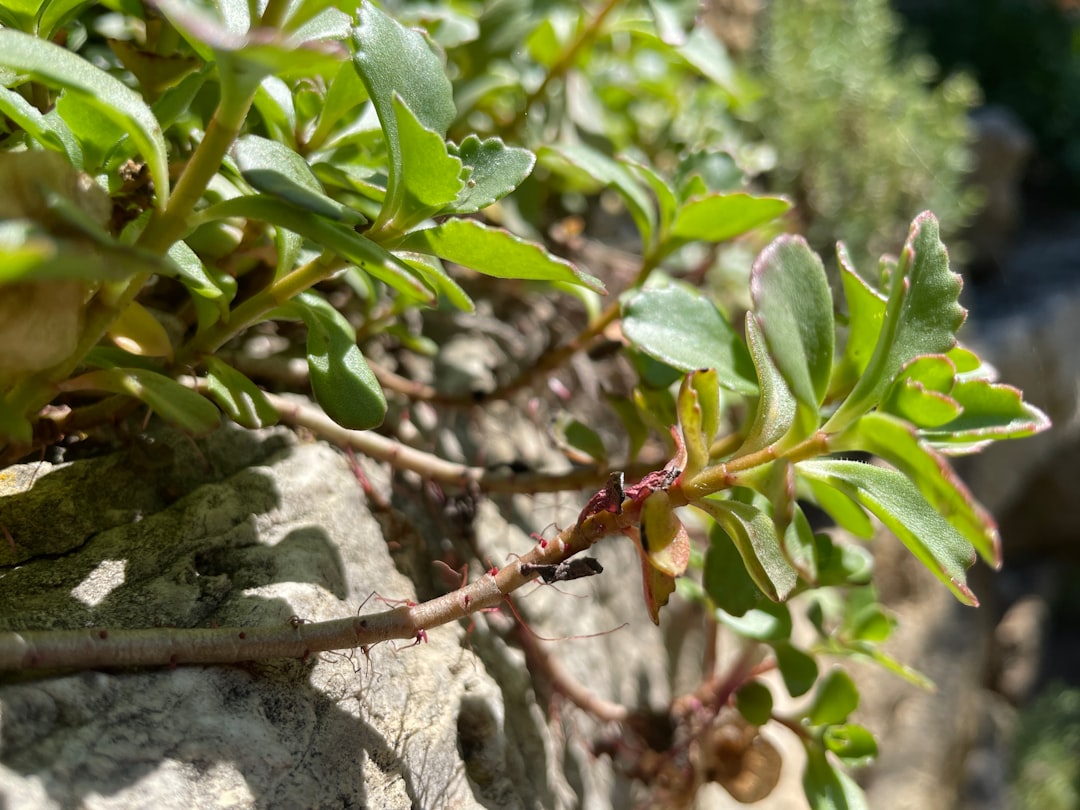
The Art of Planting Bare Root Trees: A Comprehensive Guide
The Art of Planting Bare Root Trees: A Comprehensive Guide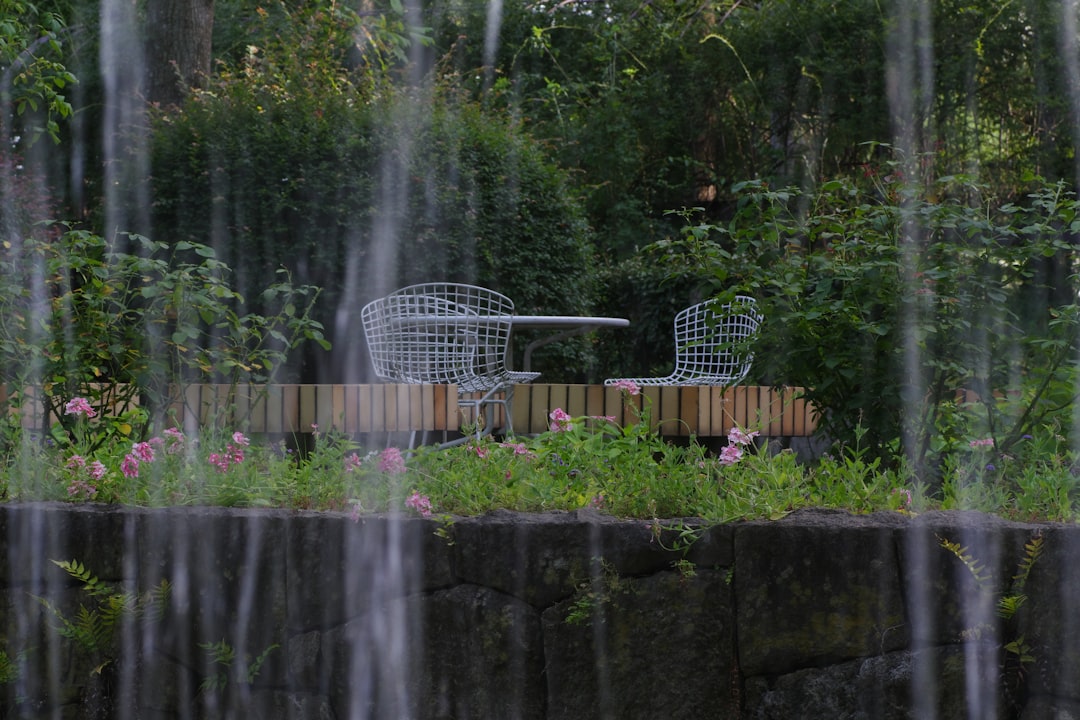
The Enchanting Allure of White - Flowered Trees for Your Front Yard
The Enchanting Allure of White - Flowered Trees for Your Front Yard
Transform Your Home with Succulent Wall Art from an Old Picture Frame
Transform Your Home with Succulent Wall Art from an Old Picture Frame
Transforming Broken Pots into Enchanting Fairy Gardens
Transforming Broken Pots into Enchanting Fairy Gardens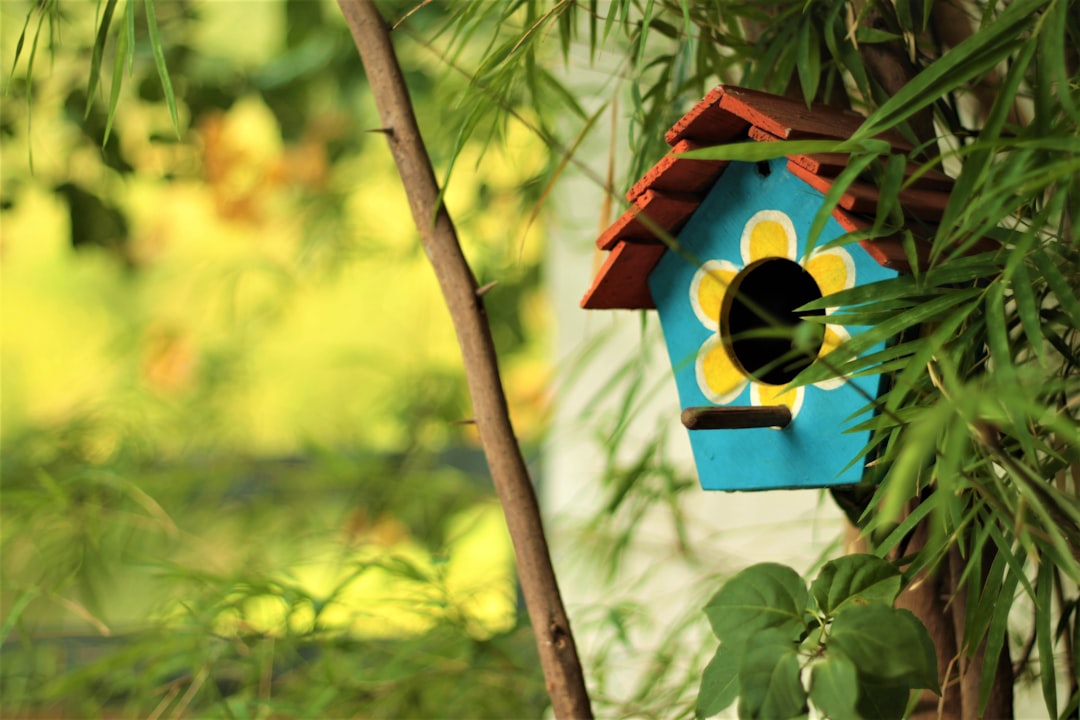
Unleash the Beauty of Dahlias in Pots This Summer
Unleash the Beauty of Dahlias in Pots This Summer
Transform Your Shady Yard with Caladium Container Magic
Transform Your Shady Yard with Caladium Container Magic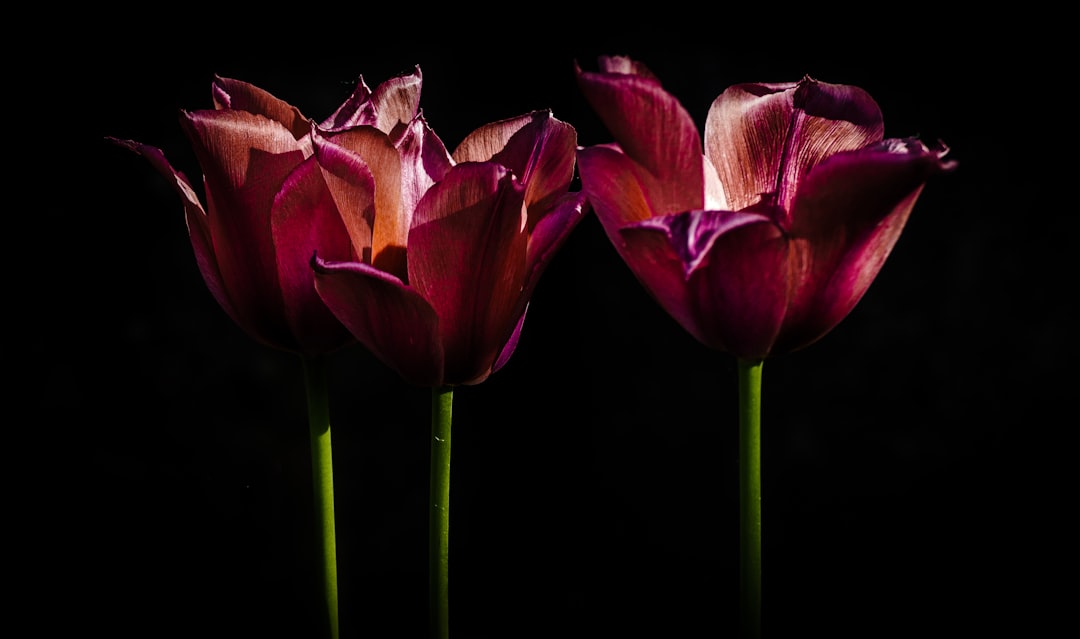
Unleash Your Creativity with DIY Concrete Planters
Unleash Your Creativity with DIY Concrete Planters
The Secret to Thriving Jade Plants: Minimal Effort, Maximum Results
The Secret to Thriving Jade Plants: Minimal Effort, Maximum Results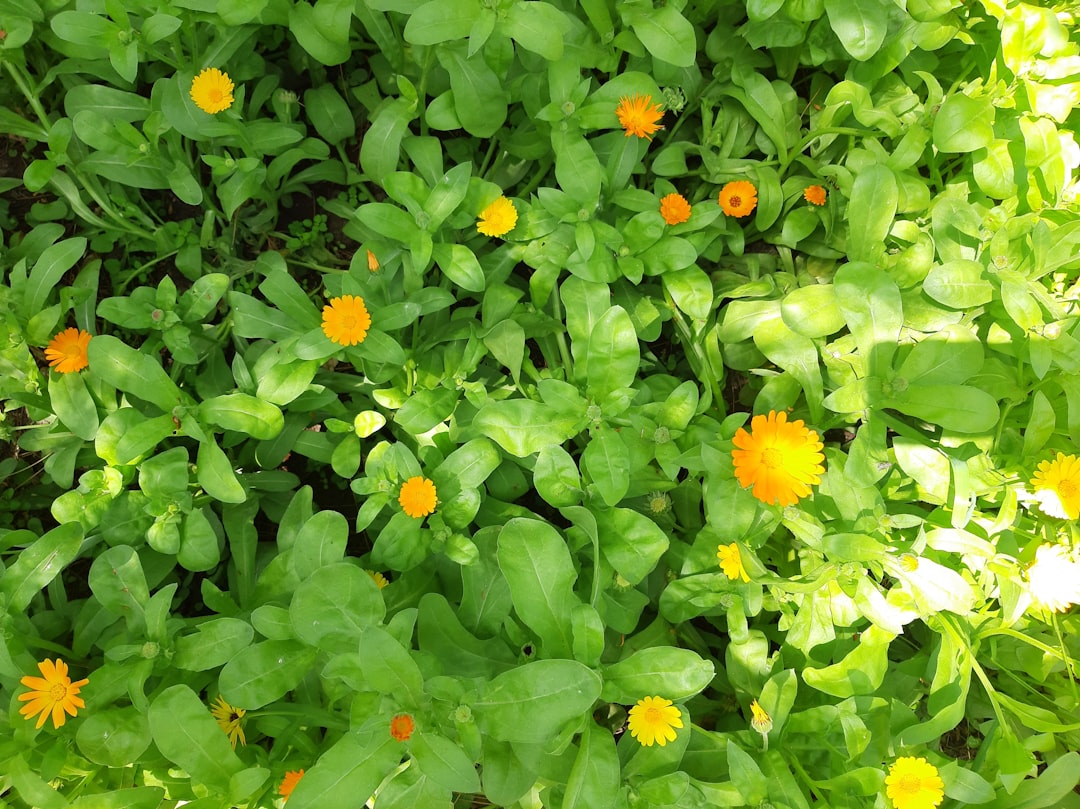
Unveiling the Secrets of Thriving Houseplants: A Two - Month Journey
Unveiling the Secrets of Thriving Houseplants: A Two - Month Journey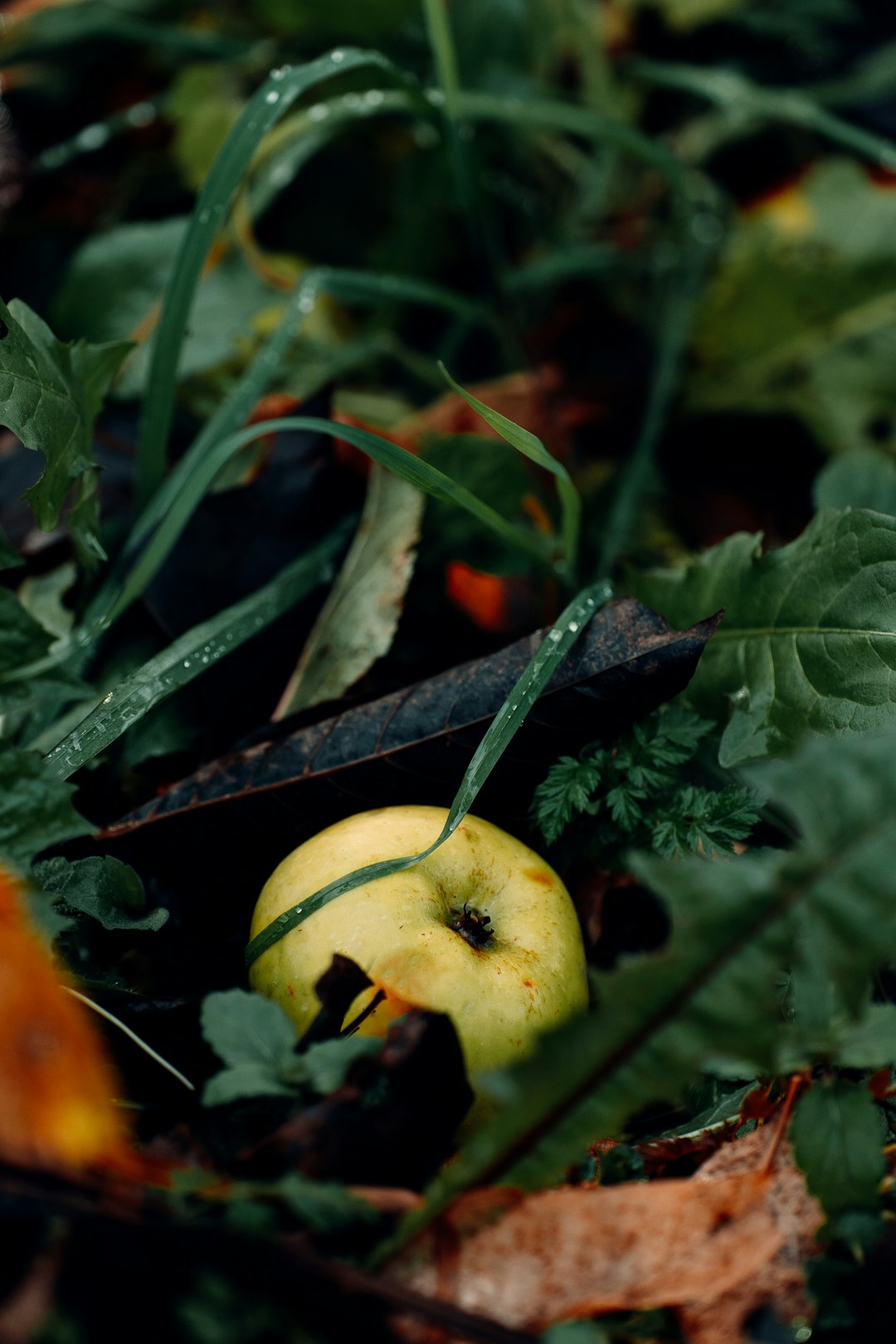
The Ideal Starter Plant for Your Indoor Oasis
The Ideal Starter Plant for Your Indoor Oasis
Transform Tiny Outdoor Spaces with a DIY Container Pond
Transform Tiny Outdoor Spaces with a DIY Container Pond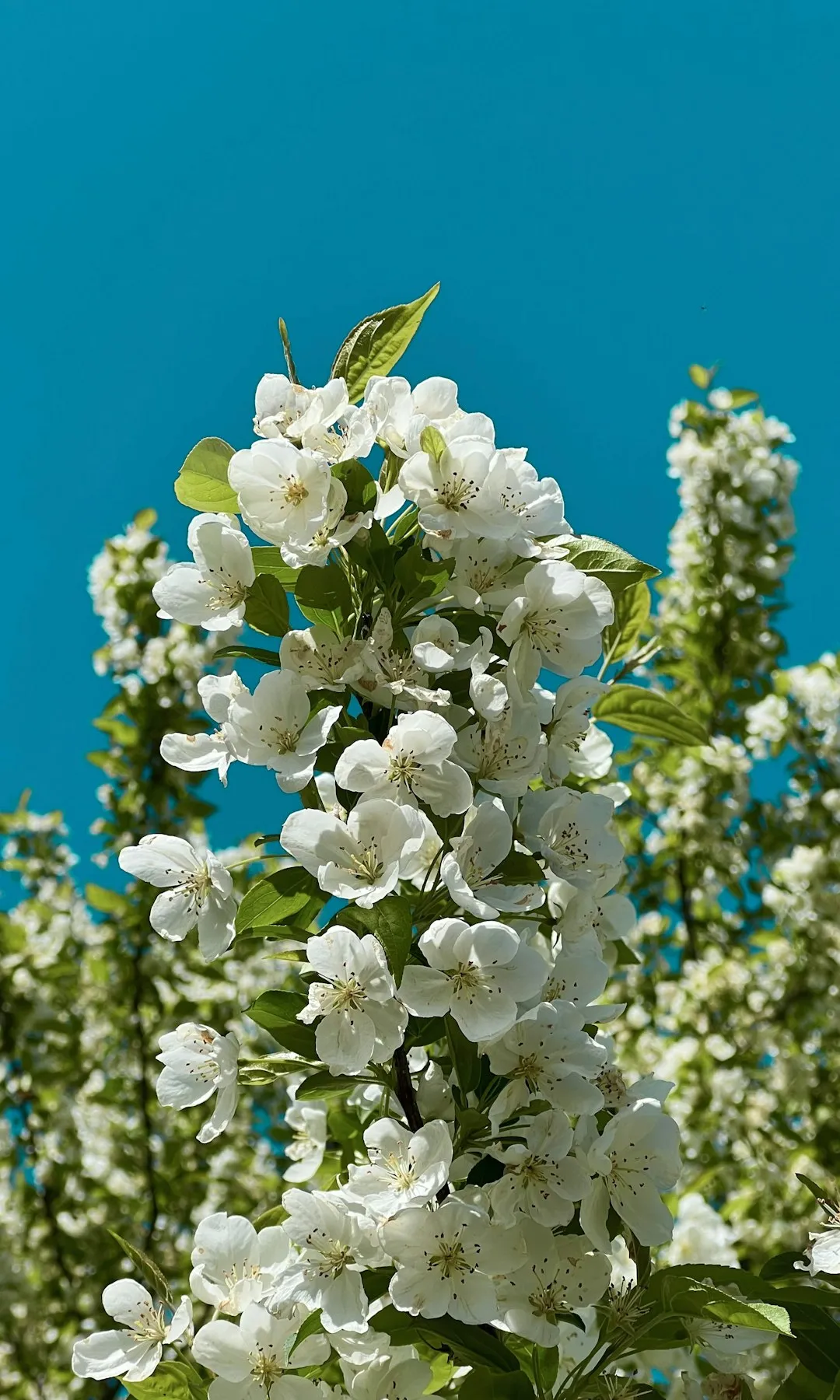
The Gravel Guide: Avoiding Common Pitfalls in Landscape Design
The Gravel Guide: Avoiding Common Pitfalls in Landscape Design
Summer's Floral Magic: Transforming Your Garden
Summer's Floral Magic: Transforming Your Garden
Transform Your Mailbox into a Garden Gem
Transform Your Mailbox into a Garden Gem
Transform Your Backyard with a Storm - Catching Oasis
Transform Your Backyard with a Storm - Catching Oasis
The Surprising Truth About Weed - Control in Vegetable Gardens
The Surprising Truth About Weed - Control in Vegetable Gardens
Conquer Your Garden's Invaders: Expert Solutions
Conquer Your Garden's Invaders: Expert Solutions
Reviving Your Hibiscus: Solving the Mystery of Yellow Leaves
Reviving Your Hibiscus: Solving the Mystery of Yellow Leaves